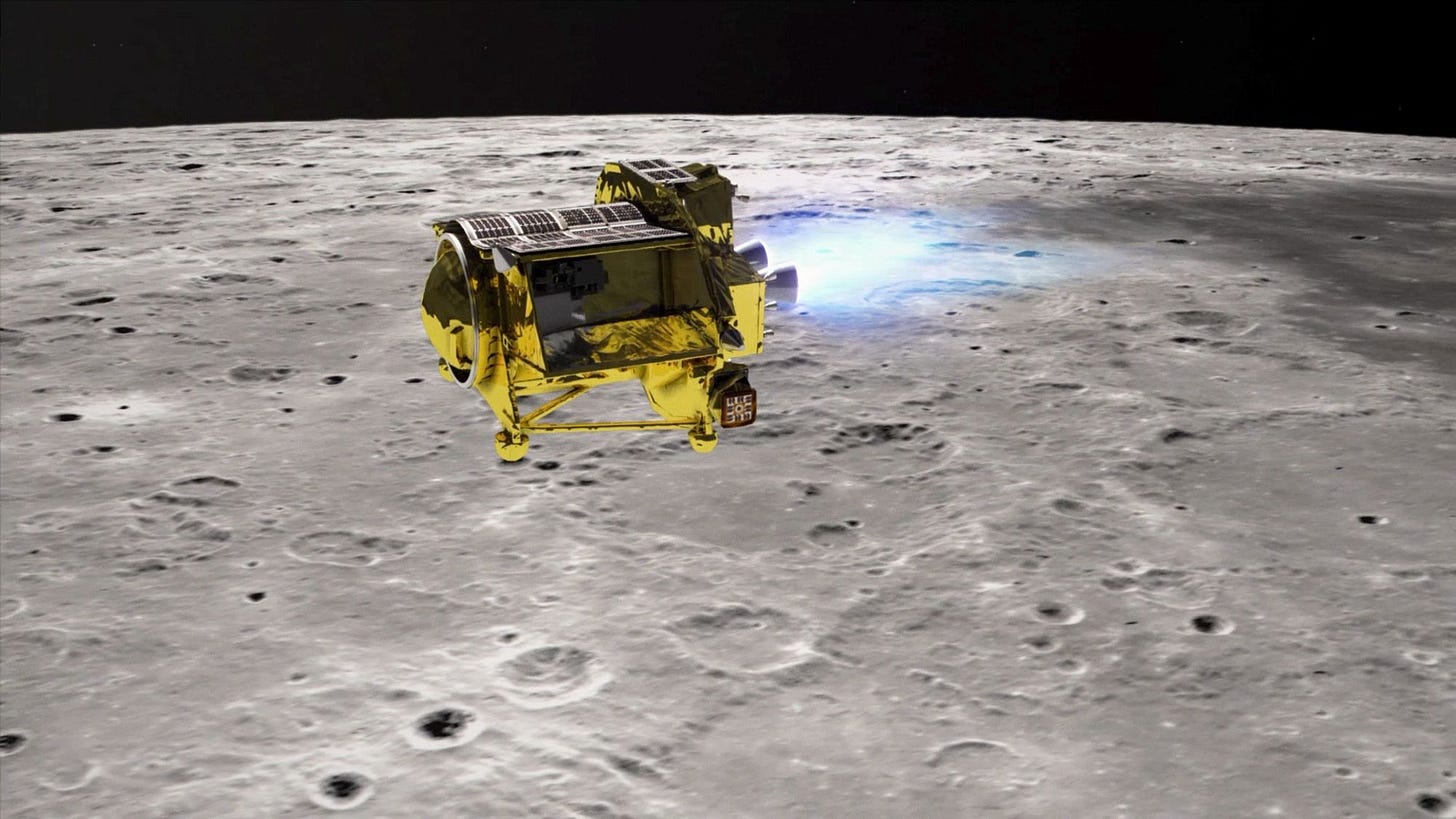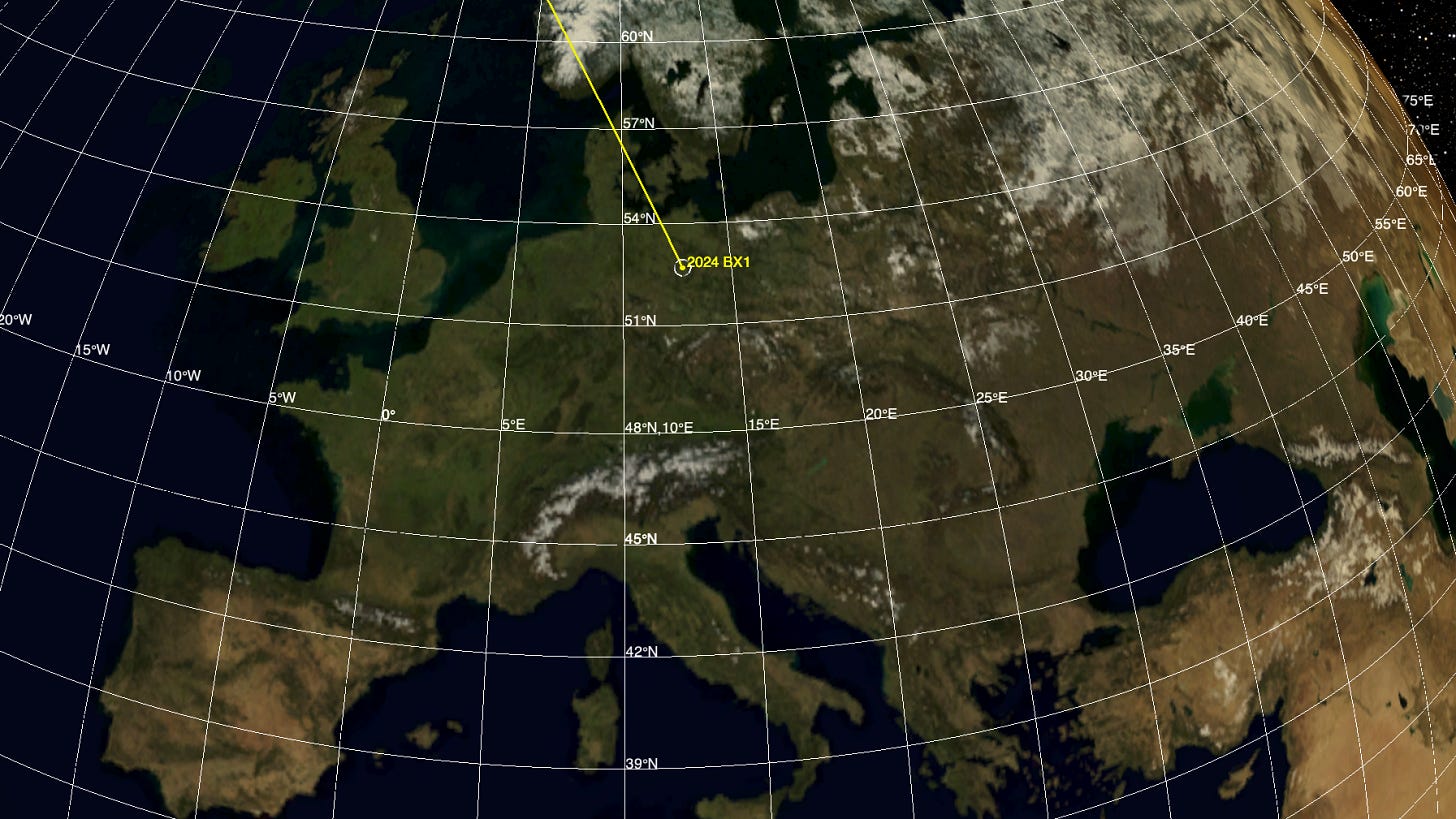Around 1500 years ago, in the year 536, the Sun seemingly vanished from the sky, plunging the world into darkness, casting an eerie pallor over the Earth for an extended period. Cassiodorus, a Roman statesman, described the year as “A winter without storms, a spring without mildness, and a summer without heat”.
What caused this unsettling phenomenon has been a subject of speculation and intrigue, with various theories ranging from asteroid crashes to supernatural forces.
Tree rings, also known as dendrochronology, are concentric circles that form within the trunk of a tree as it grows. The process of tree ring formation is influenced by the tree's growth pattern, which is affected by various environmental factors such as temperature, precipitation, and soil conditions. Understanding the characteristics of tree rings provides valuable insights into past climates, environmental conditions, and historical events.
Scientists examining these growth rings discovered a pronounced disruption in growth patterns around the year 536. This abrupt hiatus in growth hints at a significant disturbance in the Earth's climate, corroborating the idea of a catastrophic event that cast a shadow over the usual course of nature.
One captivating theory that has piqued the interest of researchers is the possibility of an asteroid or comet crashing into Earth, triggering a cataclysmic event that altered the very fabric of our atmosphere. Could a cosmic visitor be responsible for the sudden and prolonged darkness that shrouded the planet in the 6th century?
This theory suggests that the impact would have generated a colossal dust cloud, that engulfed the Earth and obstructed the sun’s rays, thus causing the temperatures to drop significantly due to reduced warmth from the sun. However intriguing this theory maybe, one glaring absence become immediately apparent—the lack of a impact crater associated with such a colossal impact.
A possible explanation for the missing crater is the composition of the impacting body. If the cosmic object was composed of volatile materials or ice, it might have disintegrated upon entry into Earth's atmosphere. Such disintegration could have dispersed the impact energy over a wider area, leaving no concentrated point of impact.
Alternatively, if the celestial object struck a body of water, it could have caused minimal surface disruption while still generating significant atmospheric effects. Such a colossal impact in water bodies, will generate significantly huge tidal waves and cause tsunami like events. But none of the historical records from this period, point towards this theory.
Another tantalising explanation was proposed by the scientific investigations—the eruption of a massive volcano.
The study of ice glaciers from the poles, provides a unique and invaluable window into the Earth's climatic history, offering a frozen archive that encapsulates atmospheric conditions, volcanic events, and other environmental changes over millennia.
Ice cores are cylindrical samples drilled from ice sheets or glaciers, preserving layers of ice that have built up over thousands of years. These ice cores act as time capsules, trapping various particles and gases from the atmosphere at the time of their formation.
Scientists analysing the ice cores extracted from the Antarctic & Greenland, found spikes in concentrations of volcanic particles and Sulfur compounds around the same suspected time frame of A.D. 536.
The sun's disappearance during this era takes on a more tangible explanation, rooted in the aftermath of a colossal volcanic eruption. Believed to have occurred in the tropics, the eruption might have unleashed a colossal amounts of ash into the atmosphere, effectively blocking sunlight and triggering a dramatic drop in temperatures worldwide.
This is further corroborated by records from various civilisations around the globe on a shared experiences of darkness, crop failures, drought and famines during this period.
However, the absence of a specific volcanic event from the historical texts, makes it challenging to pinpoint the exact location and magnitude of the eruption. While the details of the eruption remain elusive, the scientific journey to unravel this ancient mystery continues, reminding us of the profound influence that Earth's dynamic forces can exert on the course of human history.
News from the Space
NASA’s Mars Ingenuity Helicopter Mission Comes to an End

NASA's Ingenuity Helicopter was launched alongside the Perseverance rover, as part of the Mars 2020 mission. The primary objective of the Ingenuity Helicopter is to demonstrate powered flight in the thin Martian atmosphere, which is only about 1% the density of Earth's atmosphere.
It provided valuable insights into flying in the Red Planet's thin atmosphere and captured stunning images of the Martian surface. Ingenuity was initially designed for a short mission, but it exceeded expectations by continuing to operate long after its initial demonstration flights.
While not its primary purpose, Ingenuity's aerial capabilities allowed it to scout and capture high-resolution images of potential exploration sites for the Perseverance rover, aiding in the rover's scientific objectives.
However, after three years of exploring Mars, the mission has come to an end. On January 18, Ingenuity's team planned a short vertical flight to check its location after an emergency landing in the previous flight. The helicopter reached 40 feet, hovered for 4.5 seconds, and started descending at 3.3 feet per second, as intended. Around 3 feet above the surface, Ingenuity lost contact with the rover, which acted as a communication link. Once the communication was restored, an image revealed damage to one of rotor blades, rendering the helicopter incapable of further flight.

Read full story at NASA’s Blog.
Japan’s SLIM Lunar Lander Lands on the Moon

Smart Lander for Investigating Moon (SLIM) is a lunar lander mission of the Japan Aerospace Exploration Agency (JAXA). The main purpose of Japan's first lunar surface mission is to demonstrate advanced precision landing technologies.
Launched on September 6th, 2023, SLIM successfully entered lunar orbit on December 25, 2023, and landed on January 19, 2024, near the Shioli crater. This achievement marked Japan as the fifth country to soft-land a spacecraft on the Moon.
Fun fact: SLIM is nicknamed “Moon sniper” for it’s accurante landing capabilities with a precision of 100 meters (330 ft). This is an impressive feat!
Precision landings are crucial for future lunar exploration missions, especially those targeting specific regions of scientific interest, potential resource-rich areas, or locations with historical significance. By mastering precision landing, Japan aims to pave the way for future lunar missions that can maximise scientific returns.
Even though SLIM managed to land successfully on the Moon, it encountered a problem with its solar panels. The panels ended up facing west, away from the Sun, at the beginning of the lunar day. This misalignment prevented them from generating sufficient power. The lander operated on its internal battery for a brief period but had to be manually turned off to avoid damaging the battery due to over-discharge. Once the sun is correctly oriented, the lander is expected to be back online.
Read full story at Space.com
An Asteroid Predicted Mere Hours Before Impact
On January 21, 2024, a 3-foot (1-meter) asteroid harmlessly disintegrated over Germany. NASA's Scout system provided a 95-minute advance warning, marking the eighth instance of detecting a small Earth-bound asteroid while still in space.
The impact created a bright fireball visible from the Czech Republic, possibly scattering small meteorites near the impact site, located 37 miles (60 kilometers) west of Berlin. The asteroid is now known as 2024 BX1.
While the impact may not have caused any significant damage, it serves as a reminder of the fragility of our planet in the vast cosmos.
Ever wanted to take a look at all the asteroids that lurk near Earth? With NASA’s Eyes on Asteroids, you can do just that! Isn’t' it cool?
Read full story at NASA.
The Importance of Studying the Sun
Our Sun is like a double-edged sword—providing a stable source of light & energy that has allowed life to evolve over the eons, while also posing one of the greatest threats to that very life.
Being a giant ball of hot plasma, the Sun is mostly made up of charged particles like protons and electrons. These particles are constantly moving, and their movement creates a magnetic field. Unlike a simple bar magnet with north and south poles, Sun’s magnetic field is a complex and dynamic phenomena, constantly changing and reshaping.
Due to this dynamic nature, two powerful phenomenas, collectively referred as solar storms, are created—Solar flares and Coronal Mass Ejections (CMEs). Simply put, these are intense bursts of radiation & energy that can travel through space at millions of kilometers per hour and can have significant impact on Earth.
If, by chance, Earth happens to be in the path of these storms, they create intense currents in Earth's magnetosphere and cause the ionosphere and upper thermosphere to heat up. The most common effect on Earth is the appearance of auroras, or northern and southern lights.
However, strong solar storms can also cause power outages, damage to satellites and other space infrastructure, and even endanger astronauts. During a solar storm, astronauts on the International Space Station need to seek shelter, and radiation-sensitive systems on satellites are powered down until the storm has passed. Solar storms can also interfere with high-frequency radio communications and cause damage to Earth-orbiting satellites, especially those in high, geosynchronous orbits.
The year 1859 recorded the most powerful geomagnetic storm humanity has ever witnessed. Known as the Carrington Event, most likely caused by a Coronal Mass Ejection (CME), it had a significant impact on Earth's magnetic field and technology at the time, causing compasses to fail, telegraph networks to experience disruptions, and even setting some telegraph lines on fire.
In the current era where interconnectivity is at its prime, such storms can cause global power blackouts, leading to disruptions in a way we can’t imagine.
For this reason, understanding these phenomena is very crucial for multiple reasons but not limited to:
Protect our infrastructure: We can develop early warning systems and take steps to protect our power grids, satellites, and other critical infrastructure.
Improve our understanding of the universe: the Sun is a typical star, so studying it can help us to understand the lives and deaths of other stars in our galaxy and beyond.
Develop new technologies: The extreme heat and radiation environment around the Sun is a challenging place to operate, but the technologies developed for the NASA’s Parker Solar Probe (more on this later), could have applications in other areas, such as developing new materials or improving spacecraft propulsion systems.
This is where NASA’s Parker Solar Probe mission becomes interesting, and fascinating. In last week's article, I wrote briefly about this mission, which is all set to “touch the sun” in 2024.
The probe is on a mission to study the Sun from an absurdly close distance where temperatures reach millions of degrees. Since it’s launch in 2018, the probe has completed 18 close approaches, bringing it within 6.1 million kilometers (3.8 million miles) from the Sun’s surface—closer than any probe.
This is not an easy feat, and calls for some revolutionary technologies that humanity has ever developed.
In next week’s article, we will diving into the cutting-edge technologies behind the Parker Solar Probe, and I am sure you don’t want to miss out on that article, so go ahead and subscribe to get it delivered straight to your inbox.




